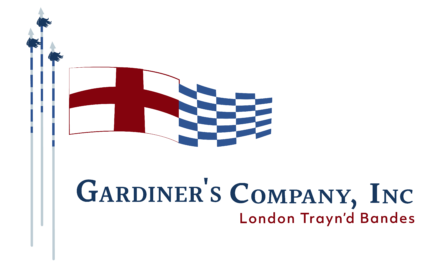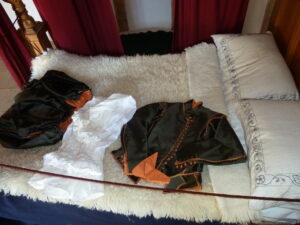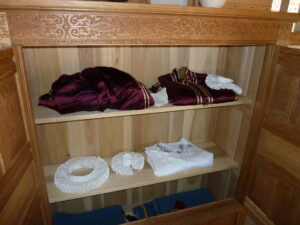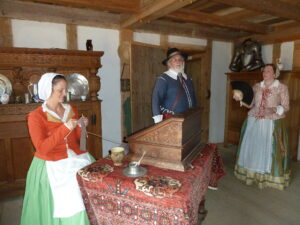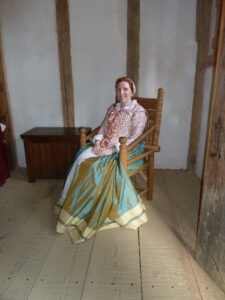Gardiners Site Cleanup
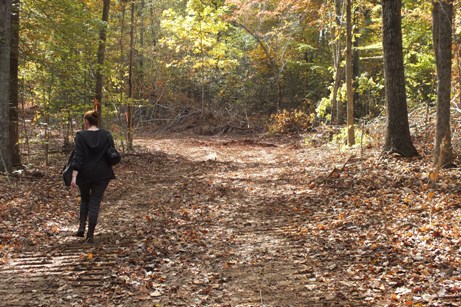
The site is cleared and cleanup has begun! Several members spent this past weekend, cleaning up debris, pulling up small roots, moving logs around and marking out the kitchen and tavern site.
The site is beautifully situated with a large level area dotted with beech and oak trees for shade and completely surrounded by forest. There’s a nice rise of trees on one side creating a perfect berm for archery and black powder. It’s far enough from the road for privacy, atmosphere and quiet.
The morning was spent picking up branch debris and digging up or hacking away roots waiting to trip you up. Then Bob and Alan headed up the driveway to move some trees. Alan used his tow chain to line the drive with a few, while others were towed to the kitchen site for firewood.
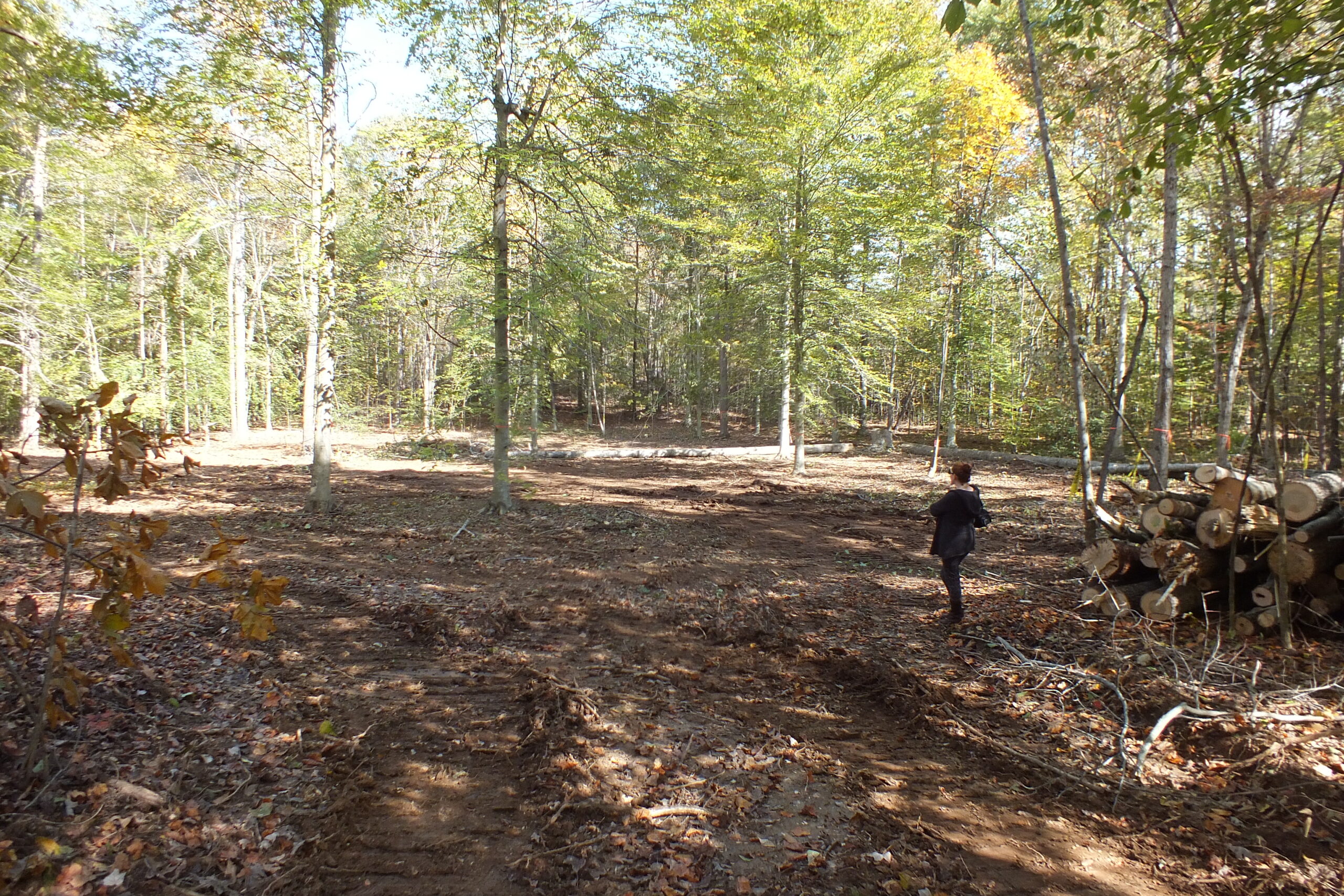
Harv, Rob, Jeff and Jen tackled the large pile of trees left by the clearing company. The hope is to have someone come with a portable mill to cut the trees for use in the kitchen and/or tavern in exchange for them taking some trees for their own. We’ll see if that works out. The group spent some time rolling some logs off the huge pile onto a sled so they can be worked. A combination of strategic chain sawing, leverage and the occasional tow chain from Rob’s Suburban brought down a dozen or so logs without injury.
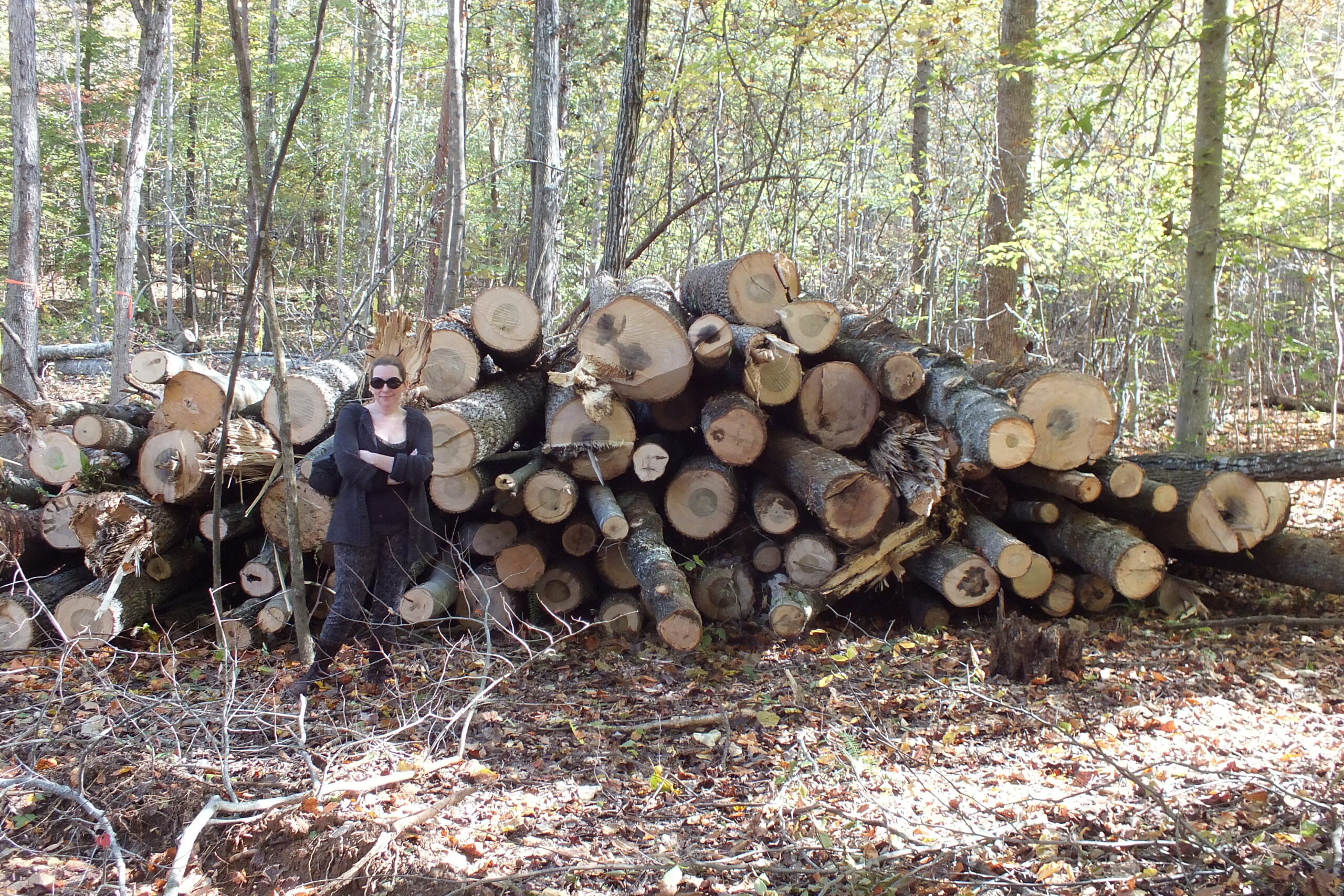
That wrapped up the day, but there is still a lot of work to do. There are several holes where large trees came down that will need to be filled. Bob and Harv will be starting on the kitchen soon, digging footers and tackling the brick work. The plans for the kitchen along with a cut list will be done soon.
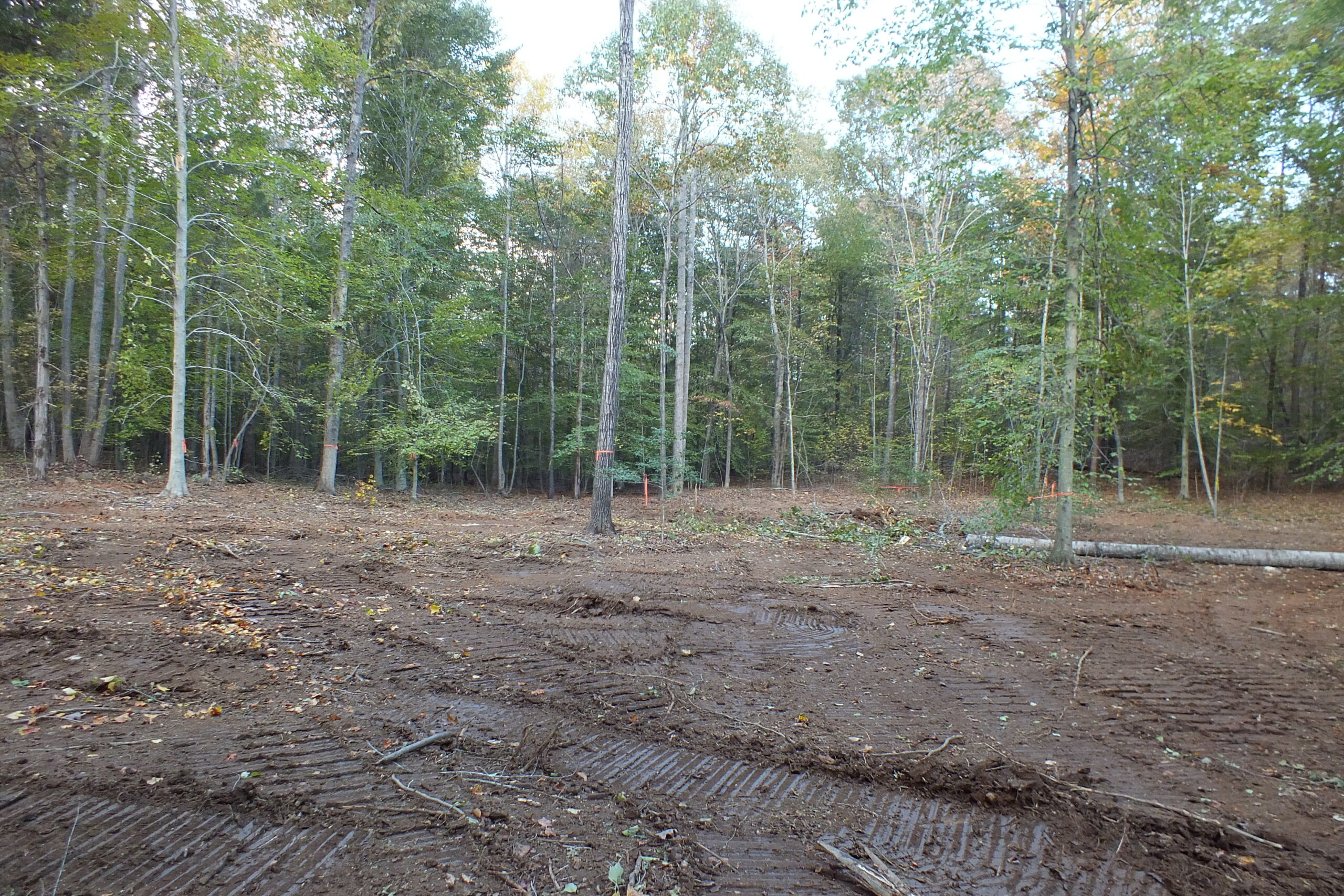
Thanks to Bob and Laura for hosting and coordinating everything! Jeff and Rob who drove down for the day from Maryland and Harv, Alan and Jen for all their work!
To see more images of the site, visit my Flickr site.
